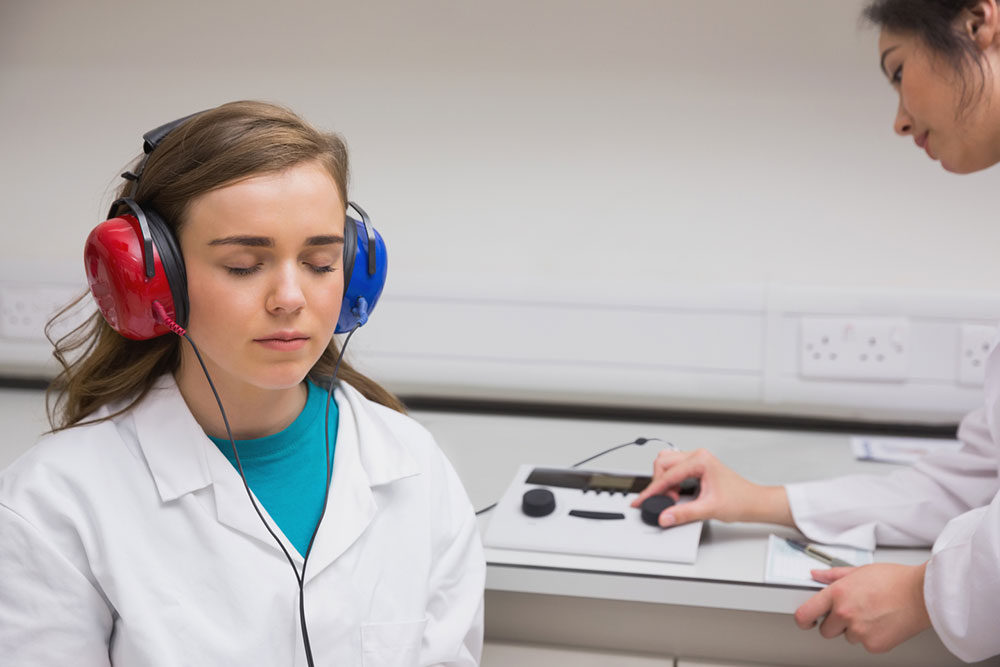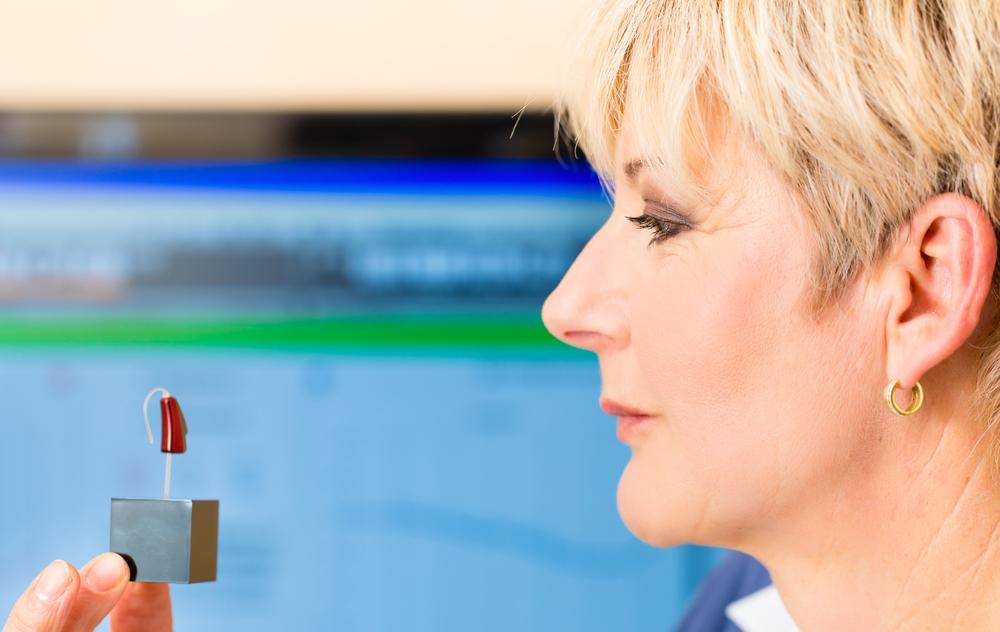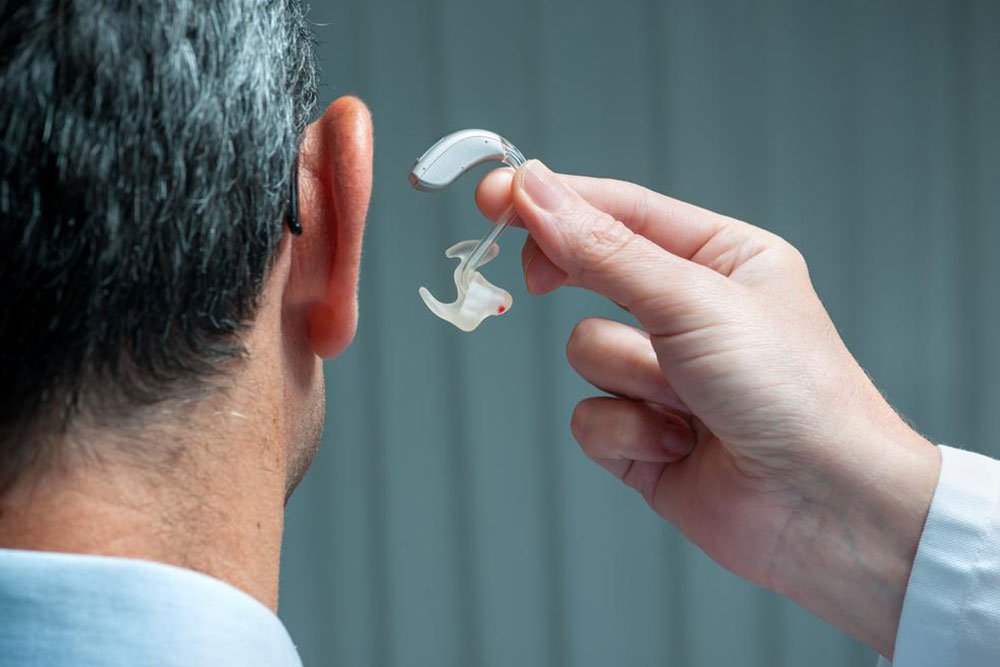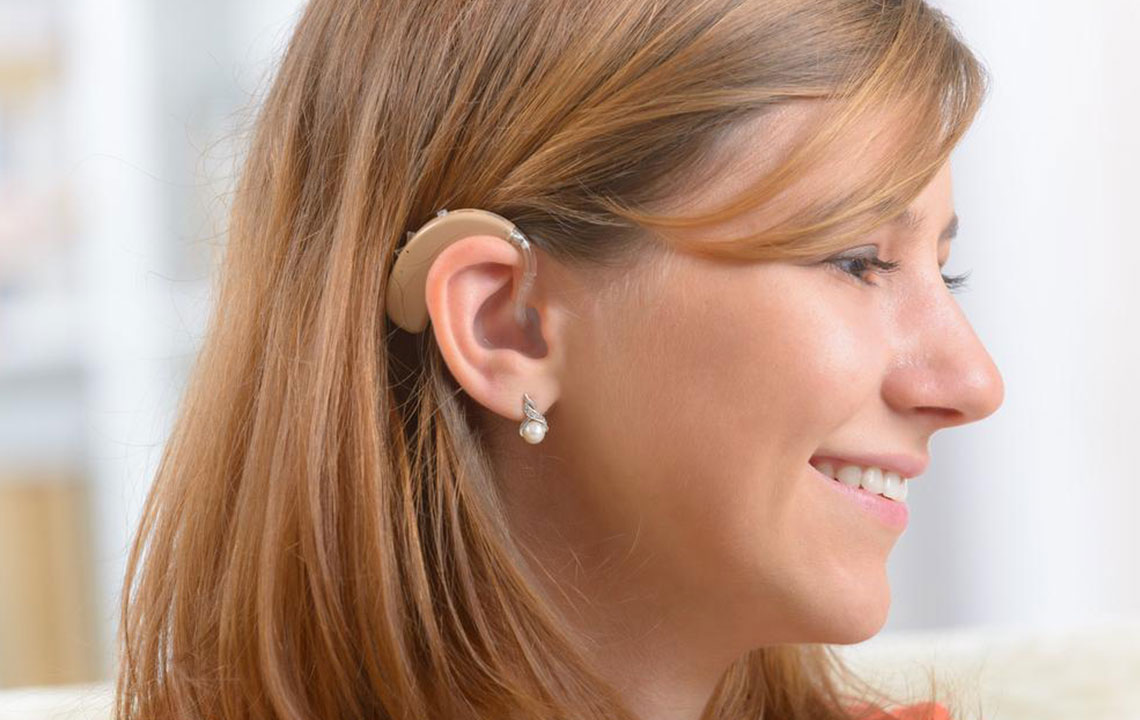Essential Insights into Hearing Assessments
Hearing assessments are quick, painless evaluations crucial for detecting hearing loss at any age. Performed in soundproof environments by audiologists, these tests include pure-tone audiometry, speech and brainstem assessments, and tympanometry. Regular testing, especially for those exposed to loud environments or with familial risk, helps in early diagnosis and management. Post-test, treatment options like hearing aids or medical procedures are discussed based on individual results, ensuring better hearing health and quality of life.
Sponsored

Understanding Hearing Assessments: An Essential Overview
Regular hearing assessments are vital for detecting hearing impairments and evaluating their severity. These evaluations are quick, typically lasting about 30 minutes, conducted in soundproof environments, and involve no discomfort. Various testing methods exist, each utilizing different techniques to diagnose hearing issues. Knowing these options helps in understanding the process and necessity of hearing evaluations.
What are hearing assessments called?
They are often referred to as hearing screenings or evaluations. A screening determines whether hearing is within normal limits. If abnormalities are detected, a comprehensive audiologic assessment is recommended.
Typically performed by audiologists, these assessments help identify the type and extent of hearing loss.
Who should consider having a hearing test?
Hearing evaluations are recommended for individuals of all ages, especially children right after birth or during routine checkups. Elderly individuals and those experiencing hearing challenges should also undergo assessments. Often, hearing difficulties go unnoticed without external prompts, making regular testing important.
Adults at risk should especially prioritize hearing tests if they experience exposure to loud environments, frequent use of power tools, loud music, or have histories of head injuries or ear infections. Family history of hearing loss further emphasizes the need for assessment.
Occupational noise exposure
Frequent use of loud power tools
Living in noisy environments with loud music
History of head trauma
Previous ear infections or surgeries
Genetic predisposition to hearing loss
Recommended frequency for hearing tests
Individuals exposed to noisy environments should consider annual testing. For others, screening is generally suggested once in their 50s or 60s, aligning with age-related hearing decline. However, if you notice difficulty hearing earlier, consult a healthcare professional. Initial online tests can help determine the need for a formal evaluation.
Types of hearing assessments available
Different tests cater to various age groups and conditions. Common types include:
Pure-tone audiometry
This standard test identifies the faintest sounds a person can hear at different pitches, suitable for both children and adults.
Bone conduction testing
Assesses whether ear blockages or inner ear damage is causing hearing issues.
Speech reception testing
Evaluates understanding of spoken words, helping determine speech comprehension. Suitable for all ages.
Auditory brainstem response (ABR)
Primarily used for infants and individuals unable to participate in traditional tests, examining the brain's auditory pathways.
Otoacoustic emissions test (OAE)
Measures inner ear response to sounds, ideal for infants and small children.
Tympanometry
Tests eardrum movement, useful for detecting fluid, wax, or perforations.
Post-test procedures and management
After testing, results guide treatment plans. If blockages or excess fluid are detected, an ENT specialist may perform procedures for removal. For confirmed hearing loss, options like hearing aids are evaluated, with audiologists assisting in selection, fitting, and counseling for optimal use.






